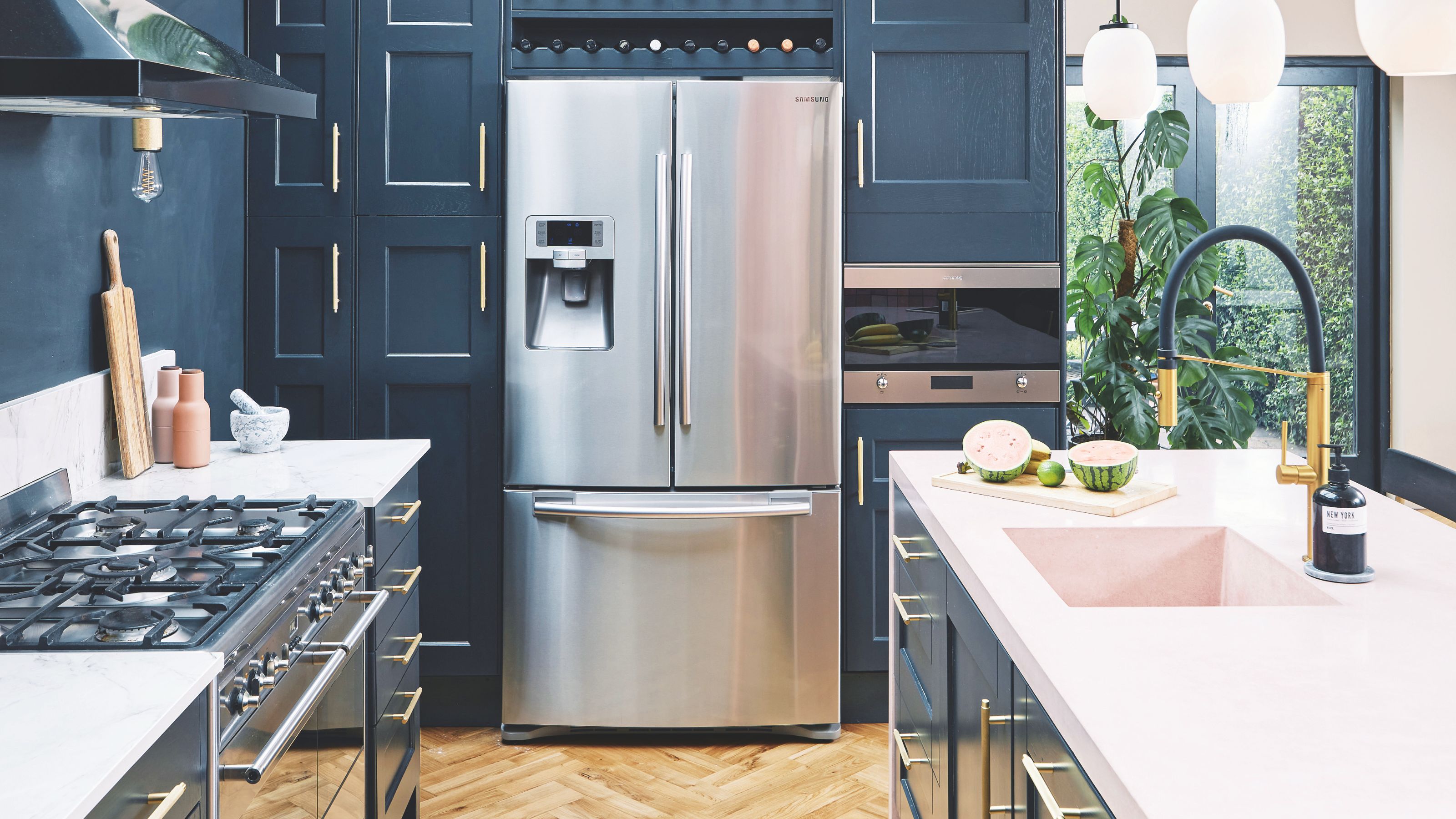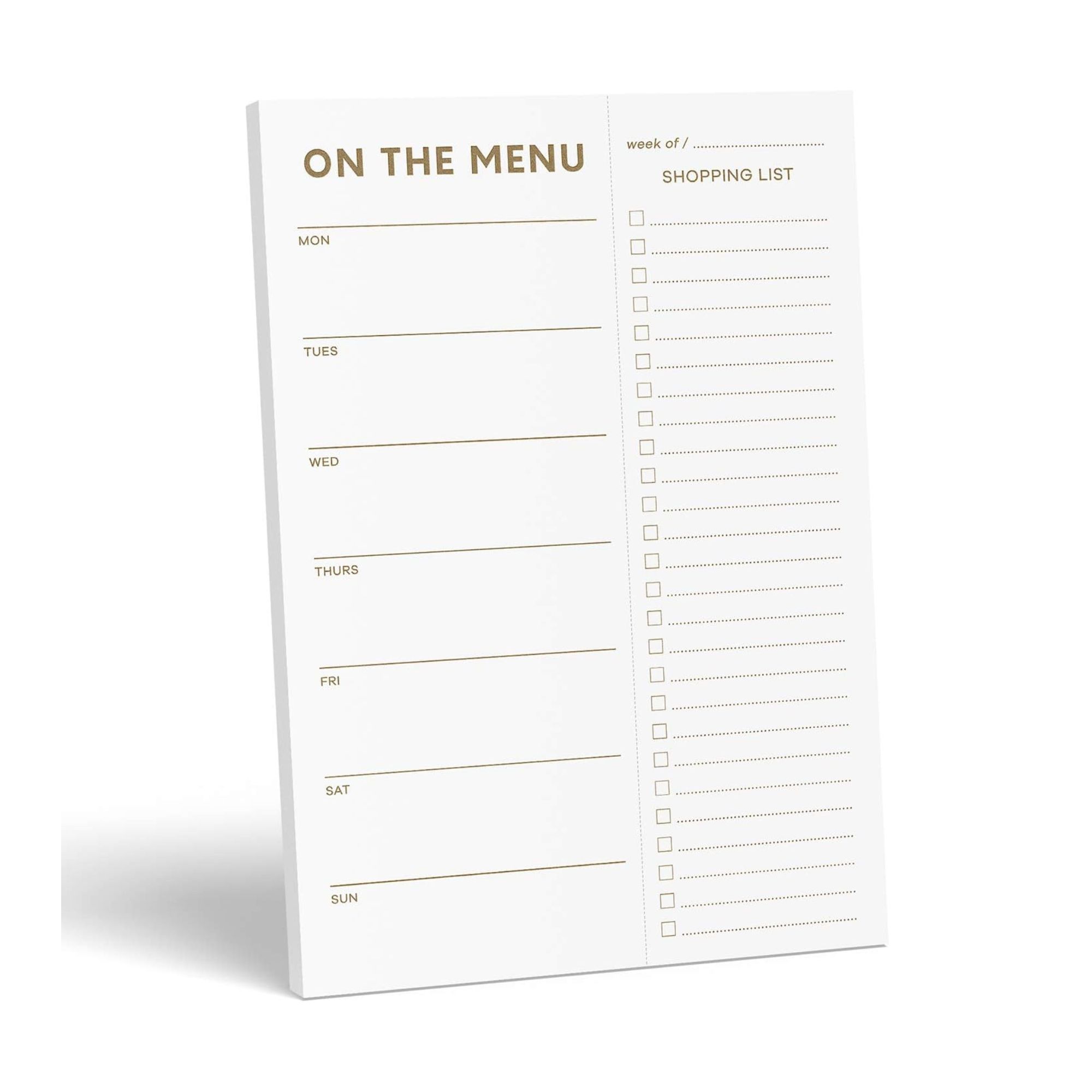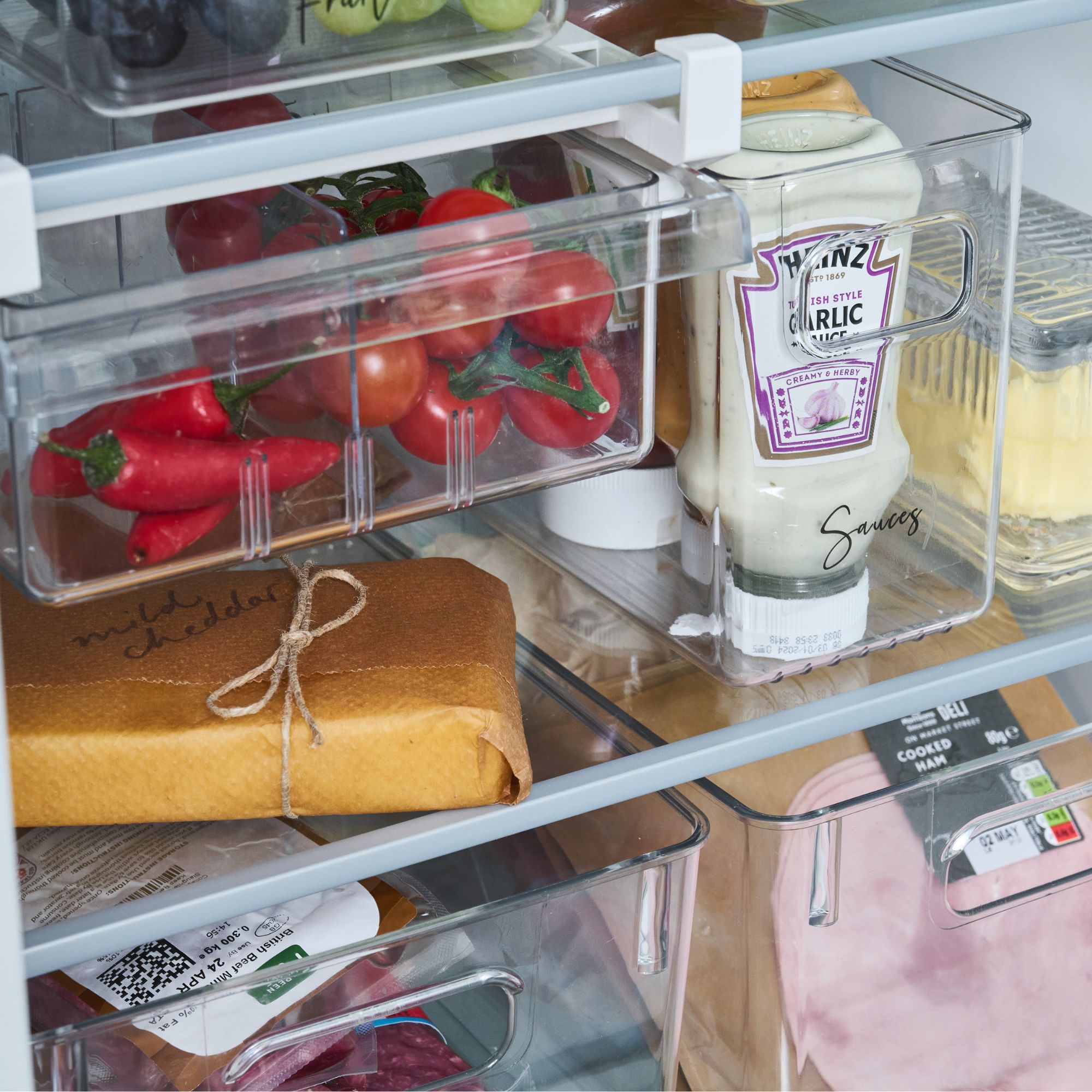I used the Japanese art of mottainai to organise my fridge and it saved me £30 in one week - it’s a must for cutting down on food waste
It’s all about making conscious changes


I’ll be the first to admit that my fridge is rather underwhelming. It’s nothing like those ‘come restock my fridge with me’ videos you see on social media, and it’s not even very organised. But in an effort to make a few conscious changes to my fridge habits, I came across the Japanese art of mottainai - and it’s completely changed the game.
While the idea of organising my fridge has always appealed to me, I’m not someone who drinks 20 cans of Diet Coke or has a whole drawer dedicated to yoghurt pouches. I’m just a regular Joe (well, Josephine) trying to eat a few well-balanced meals a day - with a few snacks on the side for good measure. Because of this, using storage and organisation for aesthetic purposes has never really been on my radar. Combatting food wastage has been, though.
I usually spend between £80 and £100 a week for a two-person food shop. This is way more than I’d like to spend - especially when we often throw out old food before the next food shop arrives. That’s why I wanted to see whether the mottainai would make a difference… and it did.

What is mottainai?
The Japanese term ‘mottainai’ has been translated into many different sayings. From 'too good to waste' to 'reduce, reuse, recycle' and even 'waste not, want not,' there are many different versions of it in the decluttering and environmental world. However, the concept remains the same.
The idea of mottainai is centred around the idea of valuing an item in such a way that it reduces waste. By using the mottainai method in your home, you can declutter mindfully while also buying and organising the things you need and will definitely use.
As over-consumption is something many of us are guilty of (myself included), I can certainly see the appeal of an organisation method based on necessity. And as I struggle with a lot of food waste and buying food I don’t always need - mostly because I’m hungry when I add it to my order - I knew that testing it out on my fridge was my best bet.

How to use mottainai to organise a fridge
Before I used the concept of mottainai to organise my fridge, I wanted to get some more clarification on the specific steps I would need to take when dealing with the food already in my fridge - and the extras I would need to consider when ordering my food shop.
Get the Ideal Home Newsletter
Sign up to our newsletter for style and decor inspiration, house makeovers, project advice and more.
So, I reached out to Hester Van Hien, a Home Decluttering and Organising Consultant from Tidylicious, for help. And she said to focus on the following:

Hester Van Hien from Tidylicious is a Home Decluttering and Organising Consultant based in south east London and completed her training with Japanese tidying expert Marie Kondo. Besides working 1:1 with clients in their homes and online, Hester can also be booked as an expert speaker. She’s done talks at the Ideal Home Show and the Clean & Tidy Home Show.
1. Best before vs use-by dates
When organising your fridge, there’s a high chance that you’ll need to throw out old food. But mottainai encourages you to be mindful of the dates when doing so.
Hester says, ‘It’s good to be aware of the difference between best before and use-by dates to help reduce food waste. The use-by date is about safety, and food that is past its use-by date might make you ill. So my advice is to throw foods out that are past their use-by date.’
She adds, ‘The best before date is about quality. It’s also known as BBE/ best before end, and food that is past its best-before date will be safe to eat but might not taste the best. So with these foods, use your own judgment.’
2. Storing like for like
If you want to use mottainai in and around your house, you need to be conscious of what you have and where it’s stored. Thankfully, Hester says there’s an easy way to keep track of everything.
‘Store your items where it makes sense to you, and store items per category. In this way, you know where to look for items, and you also know where to put new items, and where to put back items after use.’
‘The same applies to organising your fridge: store like with like – one spot for all your vegetables, all jam jars together, dairy all on the same shelf, etcetera.’

3. Being aware of food purchases
Mottainai isn’t just about the food currently in your fridge but also the food you’ll be adding to your fridge during your weekly food shop. And mottainai can help you become more aware of these food purchases.
Hester says, ‘At the point of considering a new item – however big or small – you might notice that you are more aware of whether you really want or need that item, rather than just buying things on a whim.’
So, are you buying this food because you’re hungry, or are you buying it because you actually need it? Creating a meal plan for the week can help you with that.

As well as helping you plan your meals for the week, this planner can also help you create a shopping list using the art of mottainai.
4. Storing food upright
Similar to how you’d store appliances, storing the food upright in your fridge is one of the best ways to use mottainai to your advantage. Hester says this is so much better than storing in piles.
She says, ‘Store items upright, rather than in piles. So vertical rather than horizontal storage. In this way, you’ll be able to see at a glance what you own. If you see and know what you own, there’s less chance that you buy duplicates, because you’d forgotten whether you already had something. You can even store your carrots upright.’

This is where fridge containers and storage accessories can really come in handy.

This pack is ideal for basic fridge storage organisation, as you can group together your food into categories and visibly see how much you have left in your fridge.
5. Ditching multi-buy offers
We all like to get more for our money, and it can be hard to resist when you spot multi-buy offers during your weekly shop. But it’s important to note that this might not be saving you as much money as you’d think.
To utilise mottainai to organise your fridge, Hester says, ‘You might also notice that you say “no” to multi-buy offers more, because even though the price per item is lower when you buy in multiples, you realise that it actually costs you more if you don’t end up using all items.’
She adds, ‘You might start to prefer to spend a bit more per item rather than filling up your house with lots of stuff – your home is not a warehouse.’
What I learned using mottainai to organise my fridge
With the above in my back pocket, I finally felt ready to use the concept of mottainai to organise my fridge and (hopefully) save some money in the process. But I should first preface by saying that - in my opinion - my fridge is the biggest obstacle between me and my food waste and spending habits.
Unlike many people, I don’t have a big American-style fridge freezer. In fact, my fridge isn’t even full-size. It’s a small, under-the-counter integrated fridge that’s so small (in height) that it only has three shelves and a crisper space.
However, it’s incredibly deep, and in these depths, a lot of food gets wasted because we simply can’t see it.
Because of this, my first port of call was to pull everything out of my fridge and place it on the kitchen counter. I chose to do this just before we ordered our food shop, so it would make the task more manageable and give me a chance to understand what I really needed to buy - and what I could keep off the list.


With everything on the counter, I could immediately see that I’d have to waste some food. As a vegetarian household, we didn’t have any out-of-date meat or fish to contend with, but my husband is a fiend for stocking up on dips when they’re on offer, which famously go out of date extremely quickly.
So, I had to throw a few of these away and made a mental note to stop him from buying more - even if the multi-buy offer tempted him.
I then cleaned my fridge before placing everything back in its new home. As per Hester’s instructions, I stored as much food as possible upright and organized it into categories: vegetables, fruit, dips and condiments, drinks, and dog food (not for human consumption, obviously).
As I usually pop vegetables in plastic containers, I made sure that the veg with the earliest use-by date was at the front so they would be used first. If you wanted to try this yourself, you could always use a smart refrigerator tool, like the below, to extend the shelf life of your chilled goodies even further.

The Shelfy isn't specifically associated with mottainai, but our Deputy Digital Editor found that this product extended the shelf-life of the food in her fridge. So, it should help to eliminate waste further.
I also moved a few things around to ensure that the items we use regularly - dog food, tofu, milk, and cooking sauces - were easily accessible rather than stuck at the back of the fridge. This also meant that the notorious dips my husband likes had their own eye-level space at the back of the fridge.


With everything in its new home, I could then use the concept of mottainai to order my next food shop. The whole process had allowed me to understand how much I already had of everything, how long they would last, and what we needed to stock up on to make the next week of dinners - so it was incredibly easy.
As I stuck to what we actually needed rather than what I wanted (aside from a bar of chocolate for the weekend) and what I thought we needed, I was able to fill the fridge for £30 less than what we usually spend a week. Not only that, but I didn’t have to throw anything in the bin when it all ran out!
So, will you be giving mottainai a try?

Lauren Bradbury has been the Content Editor for the House Manual section since January 2025 but worked with the team as a freelancer for a year and a half before that. She graduated with a Bachelor’s degree in English and Creative Writing from the University of Chichester in 2016. Then, she dipped her toe into the world of content writing, primarily focusing on home content. After years of agency work, she decided to take the plunge and become a full-time freelancer for online publications, including Real Homes and Ideal Home, before taking on this permanent role. Now, she spends her days searching for the best decluttering and cleaning hacks and creating handy how-to guides for homeowners and renters alike, as well as testing vacuums as part of her role as the Ideal Home Certified Expert in Training on Vacuums, having spent over 110 hours testing different vacuum models to date!
-
 My go-to Ninja coffee machine is on sale for Easter weekend
My go-to Ninja coffee machine is on sale for Easter weekendIt makes coffee shop quality achievable at home
By Molly Cleary
-
 When to plant out annual flowering plants for vibrant, colourful garden borders – and give them the best start, according to experts
When to plant out annual flowering plants for vibrant, colourful garden borders – and give them the best start, according to expertsNot sure when to plant out annual flowering plants? We've got you covered...
By Kayleigh Dray
-
 I'm a kitchen decor editor and didn't like this tableware trend - until I saw H&M Home's designer-look plates
I'm a kitchen decor editor and didn't like this tableware trend - until I saw H&M Home's designer-look platesThey made it easy to justify a new crockery set
By Holly Cockburn
-
 Aldi is releasing a budget alternative to the cult Joseph Joseph washing up bowl – it’s just £4.99
Aldi is releasing a budget alternative to the cult Joseph Joseph washing up bowl – it’s just £4.99The Joseph Joseph washing up bowl is an Ideal Home favourite - now we can't wait to try Aldi's alternative
By Kezia Reynolds
-
 I just bought my first home, and this £10 buy was the very first thing I bought for it to make it feel warmer and secure
I just bought my first home, and this £10 buy was the very first thing I bought for it to make it feel warmer and secureIf I did it all again, this would still be my very first buy
By Rebecca Knight
-
 It’s normally impossible to find a Dyson vacuum for under £250 — but QVC has slashed the price of their bestselling models for a limited time
It’s normally impossible to find a Dyson vacuum for under £250 — but QVC has slashed the price of their bestselling models for a limited timeRun don’t walk to pick up the brand’s bestselling model for under £230 before it sells out
By Lauren Bradbury
-
 Catherine Zeta-Jones has revealed the cleaning product she swears by to keep her home fresh - and it’s just £8 on Amazon
Catherine Zeta-Jones has revealed the cleaning product she swears by to keep her home fresh - and it’s just £8 on Amazon'I use it on my counters. I use it on my walls. I use it on my doors. When I smell it, I know my house is clean.'
By Kezia Reynolds
-
 I tested the 12L Challenge dehumidifier in my damp Victorian home over winter — I haven’t spotted any signs of mould for the first time in five years
I tested the 12L Challenge dehumidifier in my damp Victorian home over winter — I haven’t spotted any signs of mould for the first time in five yearsThe Challenge 12L dehumidifier doesn’t have too many bells and whistles, but I can already see the difference it’s made to my damp home
By Lauren Bradbury
-
 What is boiler flow temperature? Heating experts urge you to check yours now as you could be overpaying on your energy bills
What is boiler flow temperature? Heating experts urge you to check yours now as you could be overpaying on your energy billsTurning this little-known number down just a few degrees can result in some serious savings
By Lauren Bradbury
-
 Stacey Solomon has shared 5 nifty wardrobe storage hacks to make getting ready in the morning easier — and they're genius
Stacey Solomon has shared 5 nifty wardrobe storage hacks to make getting ready in the morning easier — and they're geniusThese five wardrobe storage hacks are a gamechanger
By Katie Sims
-
 Cult cleaning brand Scrub Daddy has just launched a brand new butterfly mop — could it be the ultimate solution for banishing stubborn marks on your floor?
Cult cleaning brand Scrub Daddy has just launched a brand new butterfly mop — could it be the ultimate solution for banishing stubborn marks on your floor?We're obsessed with all things Scrub Daddy
By Kezia Reynolds